Whenever I cook this Filipino-style spaghetti, my kids practically sprint to the kitchen, drawn by the sweet-savory aroma that fills our home. As a parent, I love that this dish never fails to bring smiles to their faces, whether it's for a regular weeknight dinner or the star of their birthday celebrations. Watching them enjoy this beloved Filipino comfort food takes me back to my own childhood memories of family gatherings and festive occasions.
While it might raise eyebrows among Italian cuisine purists, this sweet-style spaghetti has become our family's go-to comfort food, proving that sometimes the best recipes are the ones that bring the most joy to our little ones.
Jump to:
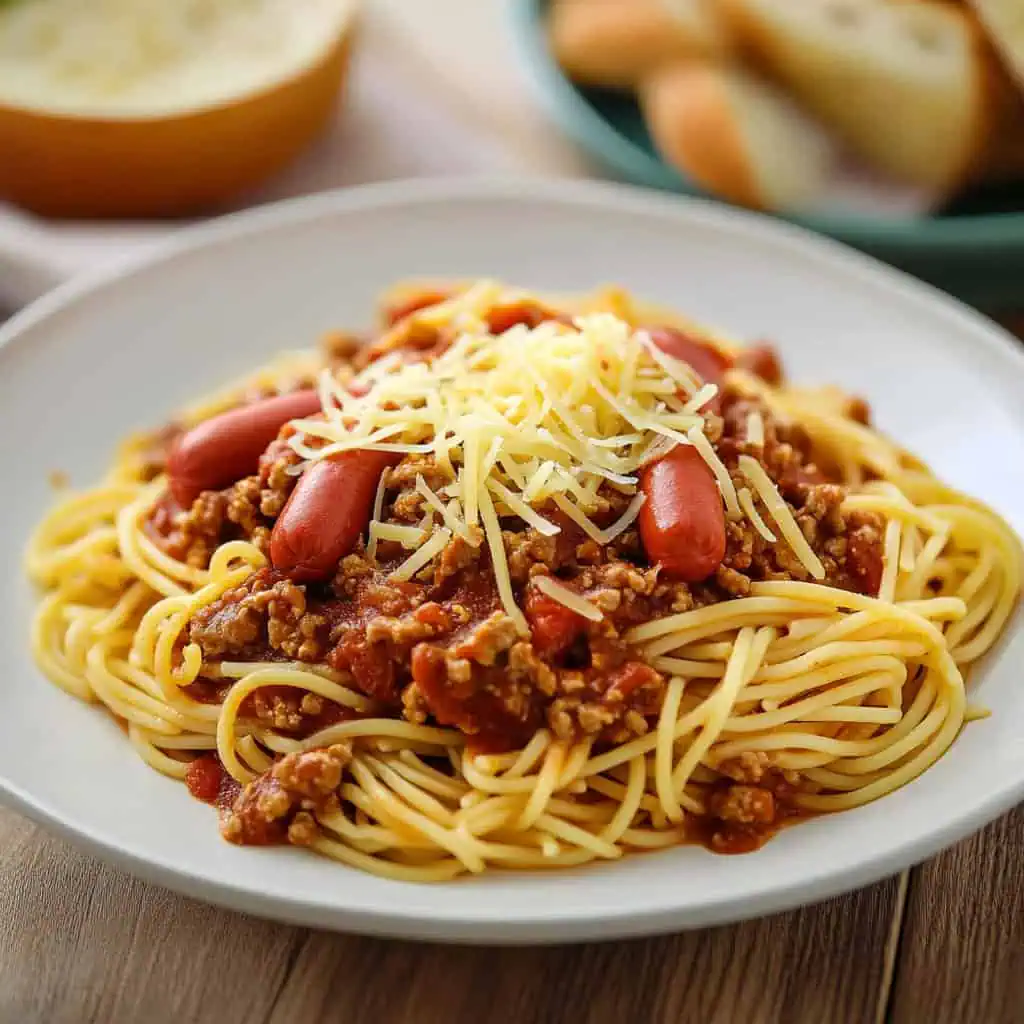
Why You'll Love This Recipe
- Nostalgic Comfort Food: Experience the beloved taste that generations of Filipinos have grown up with
- Perfect Party Dish: A guaranteed crowd-pleaser at any Filipino celebration
- Kid-Friendly: The sweet-savory flavor profile is especially appealing to children
- Make-Ahead Friendly: Can be prepared in advance for parties or busy weeknights
- Customizable: Easy to adjust sweetness and ingredients to your preference
- Budget-Friendly: Uses accessible ingredients and feeds a crowd
Ingredients
This unique combination creates the perfect Filipino spaghetti flavor that generations have loved. The bright red hotdogs add a distinctly Filipino touch while banana ketchup provides the signature sweetness that balances with the savory beef.
Tomato sauce and paste create the base, while quick-melt cheese adds creaminess that complements the sweet-savory sauce.
Each ingredient plays an essential role in creating that nostalgic, comforting flavor that makes this dish special.
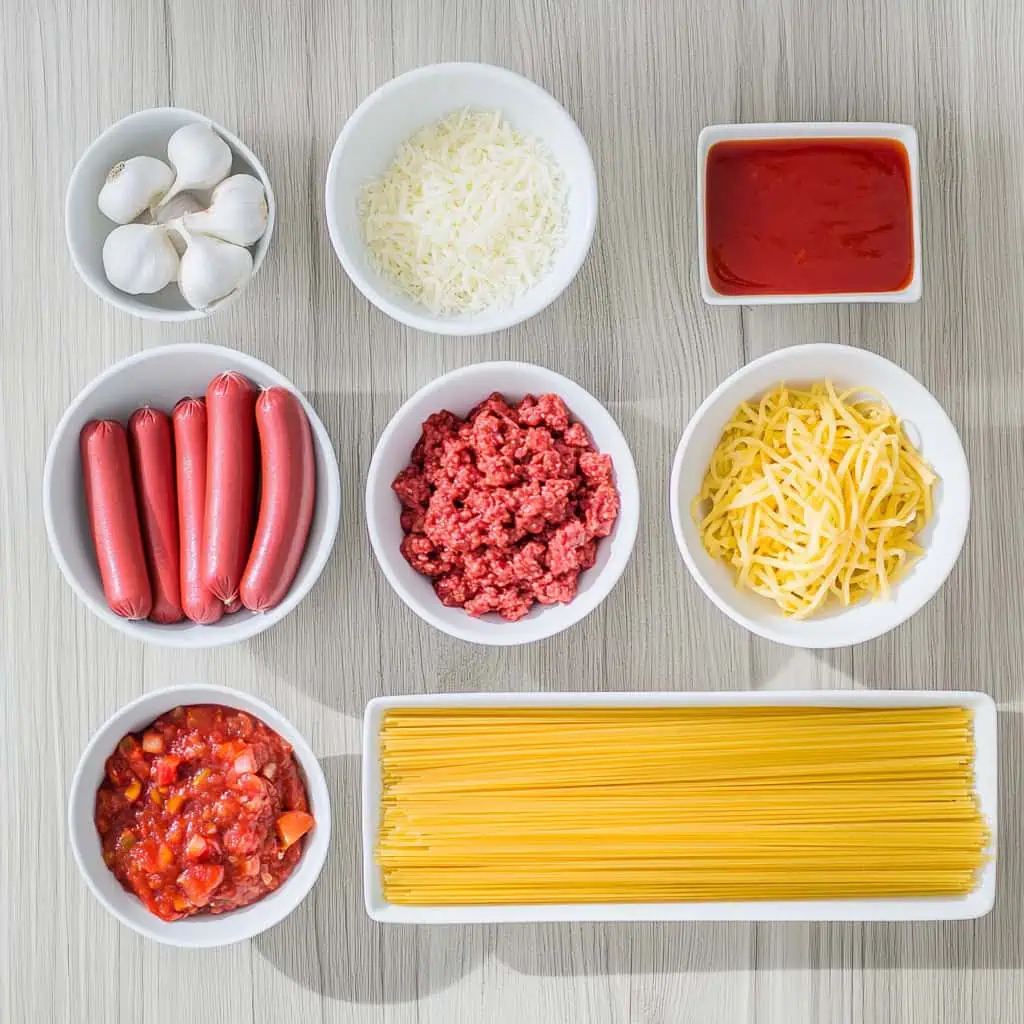
For the Pasta:
- 1 pound (500g) spaghetti noodles
- 2 tablespoons salt for pasta water
- Water for boiling
For the Meat Sauce:
- 1 tablespoon cooking oil
- 4 Filipino-style hot dogs (red hotdogs), sliced diagonally
- 1 large onion, finely chopped
- 3 cloves garlic, minced
- 1 red bell pepper, seeded and chopped
- 1 pound (500g) ground beef, 80/20 lean-to-fat ratio
- 2 cups tomato sauce
- ½ cup tomato paste
- 1 cup banana ketchup, preferably sweet and spicy
- 1 cup beef broth
- 1 teaspoon sugar
- Salt and pepper to taste
- ½ cup quick-melt cheese, shredded
Equipment
- Large pot: For boiling pasta; a deep pot ensures the spaghetti has enough room to cook evenly without sticking
- Colander: For draining pasta without losing any noodles down the drain
- Large deep skillet or wok: For making the sauce; provides enough space to combine all ingredients and simmer properly
- Sharp knife: For chopping ingredients; ensures clean cuts for even cooking
- Wooden spoon: For stirring the sauce; prevents scratching non-stick surfaces and distributes heat evenly
- Measuring cups and spoons: For precise ingredient measurements to achieve the perfect flavor balance
- Cheese grater: For freshly grated cheese that melts beautifully over the hot pasta
- Heavy-bottomed sauce pot: Ensures even heat distribution and prevents the sauce from burning
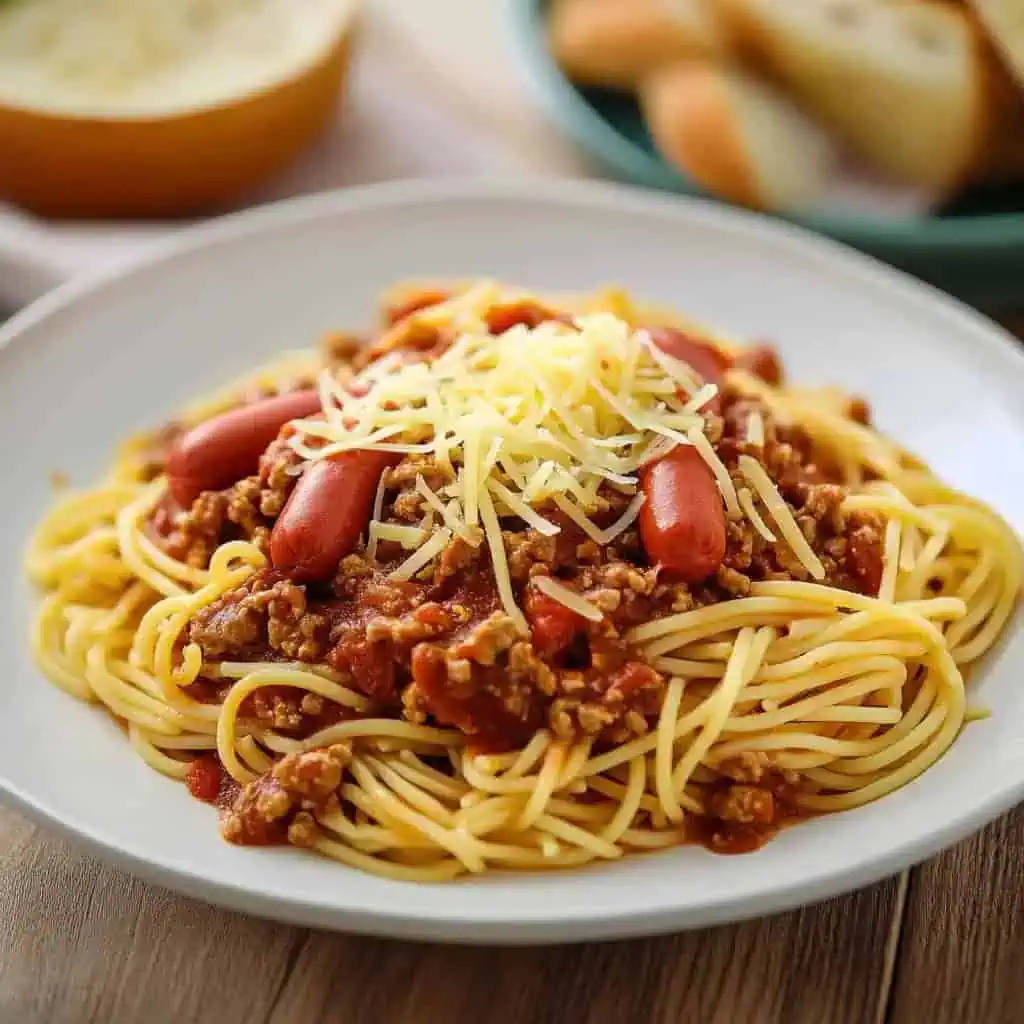
How To Make
- Pour 4 quarts of water into a large pot and bring to a boil. Add 2 tablespoons salt to the water. Add 1 pound spaghetti noodles and cook following package directions until tender but still firm to bite, about 7-9 minutes.
- While pasta cooks, heat 1 tablespoon oil in a large deep pan over medium heat. Add sliced Filipino hot dogs and cook until lightly browned, about 2 minutes. Remove hot dogs and set aside.
- Using the same pan, cook chopped onion until soft and clear, about 3 minutes. Add minced garlic and chopped bell pepper, cooking until fragrant, about 1 minute.
- Add ground beef to the pan. Break up the meat into small pieces while cooking until it turns brown, about 10 minutes. Drain excess oil if you prefer.
- Pour in tomato sauce, tomato paste, banana ketchup, and beef broth. Add sugar and stir well. Bring to a boil, then lower heat. Cover and simmer for 45 minutes, stirring occasionally. If sauce gets too thick, add ¼ cup water or broth as needed.
- Add the cooked hot dogs back to the sauce during the last 10 minutes. Season with salt and pepper to your taste.
- Drain the cooked spaghetti but don't rinse. Put pasta on a large serving plate or bowl. Top with the hot meat sauce and sprinkle generously with shredded cheese. Serve right away while cheese is melting.
- For best results, let everyone mix their own pasta and sauce on their plates. Serve with pandesal or garlic bread if you like.

Tips from Lola's Kitchen
- Authentic flavor: Use Filipino-style hot dogs (bright red) for the most authentic taste - their unique flavor is essential to traditional Filipino spaghetti
- Perfect pasta: Don't overcook the pasta - keep it slightly firm (al dente) so it doesn't become mushy when mixed with the sauce
- Sauce consistency: Save some pasta water before draining to adjust sauce consistency - the starchy water helps the sauce cling to the noodles
- Flavor development: Let the sauce simmer longer (up to 1.5 hours) for deeper flavor - the longer cooking time allows the flavors to meld beautifully
- Last-minute sweetness: Add a splash of banana ketchup at the end for extra sweetness and brightness
- Cheese upgrade: For special occasions, place the spaghetti in an oven-safe dish, top with cheese, and broil briefly until bubbly and slightly golden
- Serving secret: Always serve the sauce and pasta separately at parties to prevent the noodles from absorbing too much sauce and becoming soggy
Substitutions
- Ground Meat: Ground pork, chicken, or turkey work well instead of beef. You can also use a combination of meats for more complex flavor.
- Hot Dogs: Ham, bacon, or Vienna sausages can be substituted. For a meatier version, try sliced Filipino chorizo or tocino.
- Banana Ketchup: If unavailable, use regular ketchup plus 2 teaspoons of sugar and a pinch of allspice. In a pinch, mix 3 parts ketchup with 1 part pineapple juice.
- Quick-melt Cheese: Cheddar, Eden cheese, or processed American cheese slices all work well. For more flavor, try a mix of cheeses.
- Bell Peppers: Can be omitted or replaced with finely diced carrots for natural sweetness and added nutrition.
- Beef Broth: Chicken broth works perfectly fine, or use water with a bouillon cube/powder for convenience.
- Tomato Products: If tomato paste isn't available, use more tomato sauce and simmer longer to reduce and thicken.
Troubleshooting
Sauce Too Thick?
- Add reserved pasta water or beef broth ¼ cup at a time
- Check consistency after each addition and stir well
- Remember sauce thickens as it cools
Sauce Too Thin?
- Simmer uncovered until reduced to desired consistency
- Add 1-2 tablespoons tomato paste and mix thoroughly
- If in a hurry, make a cornstarch slurry (1 teaspoon cornstarch + 1 tablespoon water) and stir in
Not Sweet Enough?
- Add more banana ketchup gradually, tasting after each tablespoon
- Include 1 teaspoon sugar at a time and allow to dissolve completely
- A tablespoon of condensed milk adds sweetness and creaminess
Too Sweet?
- Add a splash of cider vinegar or lemon juice to balance sweetness
- Include more tomato paste for acidity
- Add a pinch of salt to counteract sweetness
- Include more ground beef or broth to dilute sweetness
Bland Flavor?
- Enhance with 1 tablespoon soy sauce for umami depth
- Add ½ teaspoon garlic powder for more punch
- Sprinkle in dried herbs like oregano or basil
- Allow to simmer longer to develop flavors
Storage & Reheating
Refrigeration:
- Store sauce and pasta separately in airtight containers
- Keeps well for up to 3 days in the refrigerator
- Best consumed within 48 hours for optimal flavor and texture
- Pasta will dry out slightly; toss with a tiny bit of oil before storing
Freezing:
- Freeze sauce only (never freeze cooked pasta)
- Use freezer-safe containers or heavy-duty freezer bags
- Remove as much air as possible to prevent freezer burn
- Label with date; keeps for up to 2 months
- Thaw overnight in refrigerator before reheating
Reheating:
- Stovetop (Best Method): Heat sauce in pan over medium heat, stirring occasionally. Cook fresh pasta or warm refrigerated pasta separately with a quick dip in hot water.
- Microwave: Place in microwave-safe container, cover loosely, heat 2-3 minutes, stirring halfway through.
- Add splash of water or broth if needed to revive thickness
- Always heat until internal temperature reaches 165°F (74°C) for food safety
- Add fresh cheese after reheating for best texture and appearance
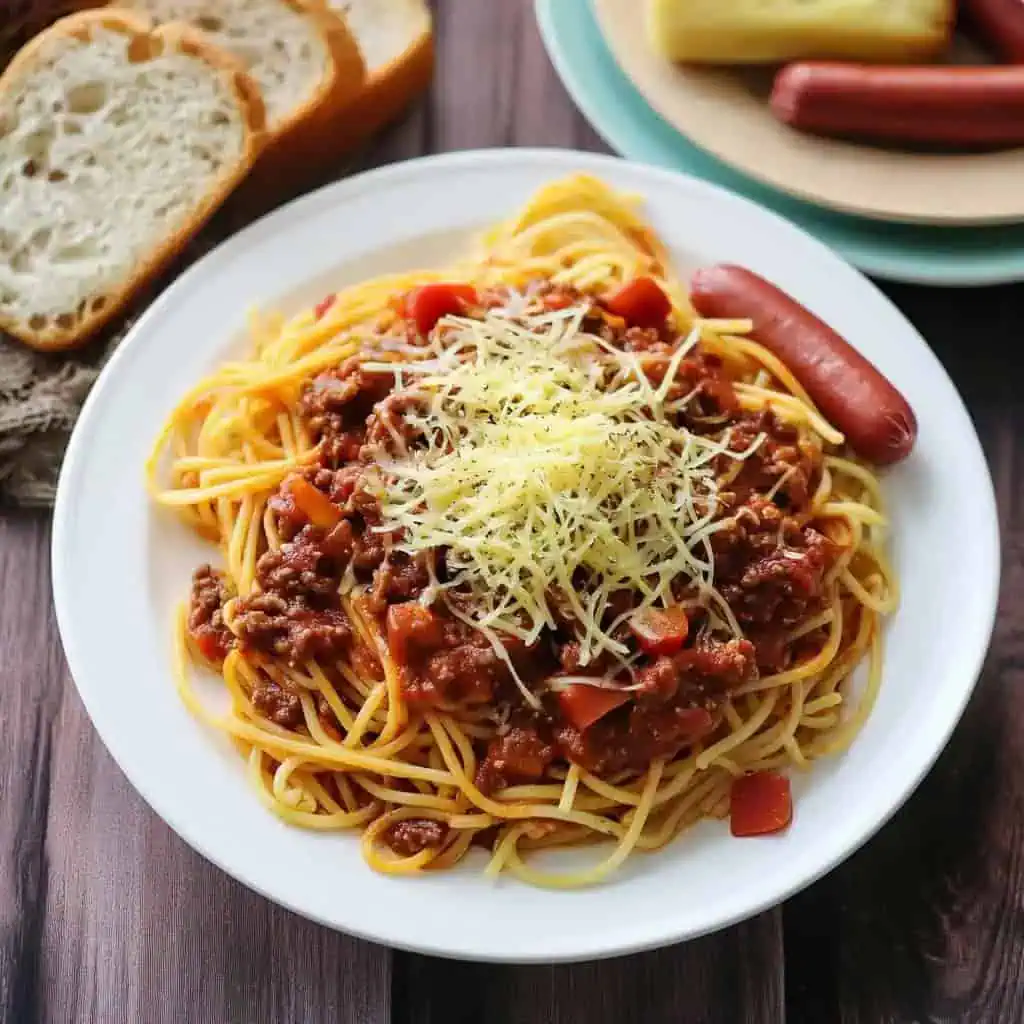
FAQ
Why is Filipino Spaghetti sweet?
The sweet-style spaghetti reflects Filipino taste preferences and cultural fusion. It developed during the American occupation when ingredients like banana ketchup became popular as affordable alternatives. The sweetness also makes it especially appealing to children, which is why it's a birthday party staple.
Can I make this in advance for a party?
Absolutely! The sauce actually tastes better when made 1-2 days ahead as the flavors have time to develop. Store sauce and pasta separately until 30 minutes before serving. Keep sauce warm in a slow cooker for parties.
How do I prevent the noodles from getting soggy?
Cook them just to al dente (slightly firm) and store separately from the sauce until serving. If making ahead, cook pasta slightly underdone as it will continue to soften when heated or mixed with sauce.
Is this the same as Jollibee spaghetti?
While similar in style, this is a homemade version. Jollibee's recipe remains a trade secret, but this recipe captures the same beloved sweet-savory flavor profile. Many say the homemade version has more depth and complexity of flavor.
Can I use regular hot dogs instead of Filipino hot dogs?
Yes, but Filipino-style hot dogs (bright red ones) provide the most authentic taste and appearance. They have a slightly sweeter flavor and distinctive texture that contributes to the traditional taste.
How do I make it healthier?
Use lean ground beef or turkey, whole wheat pasta, and reduce the banana ketchup and sugar. Add more vegetables like finely diced carrots, mushrooms, and bell peppers to boost nutrition.
Why separate the hot dogs during cooking?
Removing the hot dogs after browning prevents them from becoming overcooked and tough during the long simmering time. Adding them back in the final minutes keeps them tender and flavorful.
Can I use a slow cooker for the sauce?
Yes! Brown the meat and vegetables as directed, then transfer to a slow cooker with all sauce ingredients. Cook on low for 4-6 hours or high for 2-3 hours. Add hot dogs during the final 30 minutes.
How much should I make for a party?
For a party main dish, plan for about 2-3 ounces (dry weight) of pasta per person for adults, less for children. This recipe serves approximately 8 people and doubles easily for larger crowds.
Related
Looking for other recipes like this? Try these:
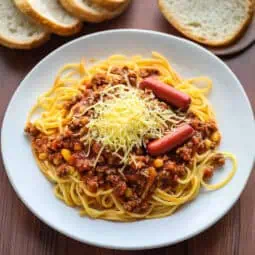
Filipino-Style Spaghetti
Equipment
- Large pot (kaldero) for boiling pasta
- Colander (salaan) for draining pasta
- Large deep skillet or wok (kawali) for sauce
- Sharp knife (kutsilyo) for chopping
- Wooden spoon (sandok na kahoy) for stirring
- Measuring cups and spoons (Panukat)
- Cheese grater
- Heavy-bottomed sauce pot for even heat distribution
Ingredients
For the Pasta:
- 1 pound 500g spaghetti noodles
- 2 tablespoons salt for pasta water
- Water for boiling
For the Meat Sauce:
- 1 tablespoon cooking oil
- 4 Filipino-style hot dogs red hotdogs/mga pulang hotdog, sliced diagonally
- 1 large onion sibuyas, finely chopped
- 3 cloves garlic bawang, minced
- 1 red bell pepper paminta, seeded and chopped
- 1 pound 500g ground beef (giniling na baka), 80/20 lean-to-fat ratio
- 2 cups tomato sauce sarsa ng kamatis
- ½ cup tomato paste pino na sarsa ng kamatis
- 1 cup banana ketchup saging catchup, preferably sweet and spicy
- 1 cup beef broth sabaw ng baka
- 1 teaspoon sugar asukal
- Salt asin and pepper (paminta) to taste
- ½ cup quick-melt cheese keso, shredded
Instructions
- Pour 4 quarts of water into a large pot and bring to a boil. Add 2 tablespoons salt to the water. Add 1 pound spaghetti noodles and cook following package directions until tender but still firm to bite, about 7-9 minutes.
- While pasta cooks, heat 1 tablespoon oil in a large deep pan over medium heat. Add sliced Filipino hot dogs and cook until lightly browned, about 2 minutes. Remove hot dogs and set aside.
- Using the same pan, cook chopped onion until soft and clear, about 3 minutes. Add minced garlic and chopped bell pepper, cooking until fragrant, about 1 minute.
- Add ground beef to the pan. Break up the meat into small pieces while cooking until it turns brown, about 10 minutes. Drain excess oil if you prefer.
- Pour in tomato sauce, tomato paste, banana ketchup, and beef broth. Add sugar and stir well. Bring to a boil, then lower heat. Cover and simmer for 45 minutes, stirring occasionally. If sauce gets too thick, add ¼ cup water or broth as needed.
- Add the cooked hot dogs back to the sauce during the last 10 minutes. Season with salt and pepper to your taste.
- Drain the cooked spaghetti but don't rinse. Put pasta on a large serving plate or bowl. Top with the hot meat sauce and sprinkle generously with shredded cheese. Serve right away while cheese is melting.
- For best results, let everyone mix their own pasta and sauce on their plates. Serve with pandesal or garlic bread if you like.
- Remember to taste and adjust seasoning - you can add more banana ketchup if you want it sweeter, or more salt if needed. Leftovers can be stored separately (sauce and pasta) in covered containers in the refrigerator for up to 3 days.
Tips from Lola's Kitchen
- Use Filipino-style hot dogs (bright red) for authentic taste
- Don't overcook the pasta - keep it slightly firm
- Save some pasta water before draining to adjust sauce consistency
- Let the sauce simmer longer for deeper flavor
- Add a splash of banana ketchup at the end for extra sweetness
- Toast the cheese under the broiler for extra deliciousness
Nutrition
The Story Behind Filipino-Style Spaghetti
The beloved Filipino Spaghetti, with its distinctively sweet and savory profile, represents a fascinating chapter in the Philippines' rich culinary history. This unique adaptation emerged during the American colonial period (1898-1946), when the introduction of Western cuisine began transforming Filipino food culture. What started as a creative response to limited ingredients during World War II, particularly with the invention of banana ketchup as a substitute for tomato-based products, evolved into one of the nation's most cherished comfort foods.
In post-war Philippines, the dish gained significant popularity through school cafeterias and local food establishments. The addition of sliced hot dogs, a practice that began in the 1960s, reflected both American influence and Filipino ingenuity in adapting foreign dishes to local tastes. This modification, combined with the sauce's signature sweetness, created a flavor profile that particularly appealed to Filipino children, cementing its status as a birthday party staple.
The commercialization of Filipino Spaghetti reached new heights when fast-food giant Jollibee introduced it to their menu in the 1980s. Their version, featuring a distinctively sweet meat sauce and topped with grated cheese, became so popular that it helped establish the chain's dominance in the Philippine fast-food market. Today, Jollibee's interpretation is often considered the benchmark against which home-cooked versions are measured.
Modern Filipino Spaghetti exemplifies the Philippines' talent for culinary adaptation, known locally as "Filipinization." While Italian purists might raise eyebrows at this sweet interpretation of their classic dish, its popularity has spread beyond Philippine borders, particularly in areas with large Filipino diaspora communities. The dish's endurance in Filipino culture speaks to its role not just as food, but as a symbol of family gatherings, celebrations, and the adaptable nature of Filipino cuisine.
This comfort food has evolved from a simple pasta dish into a cultural phenomenon, featured in countless family recipes passed down through generations. Each household may have its own slight variation – some adding mushrooms, others adjusting the sweetness levels – but the core elements of sweet sauce, hot dogs, and grated cheese remain constant. In recent years, food historians and cultural critics have recognized Filipino Spaghetti as a perfect example of how colonial influences, local ingenuity, and cultural preferences can transform a foreign dish into something uniquely and proudly Filipino.
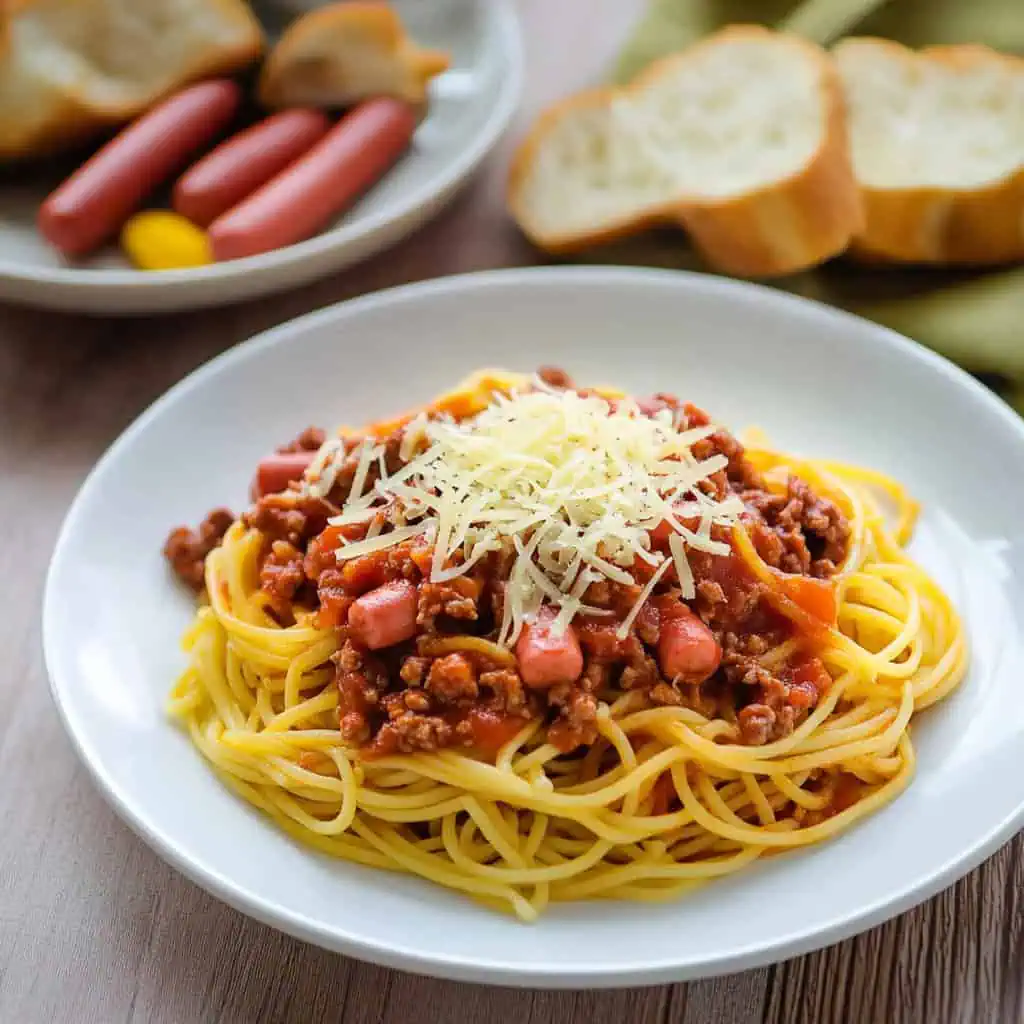





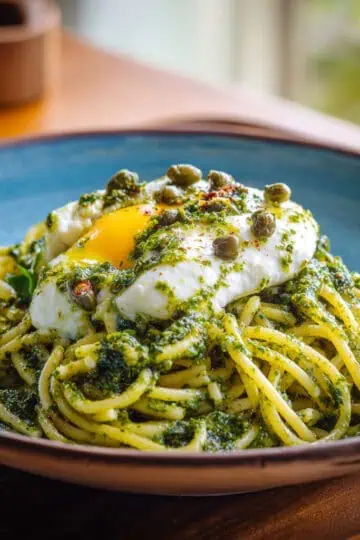
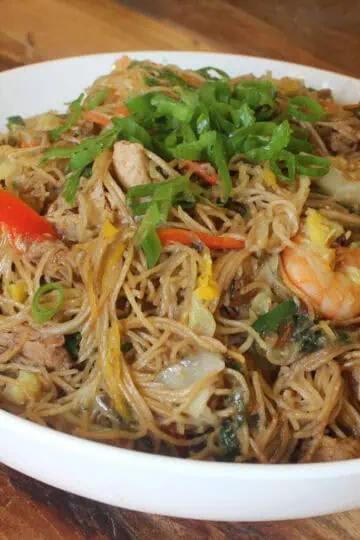
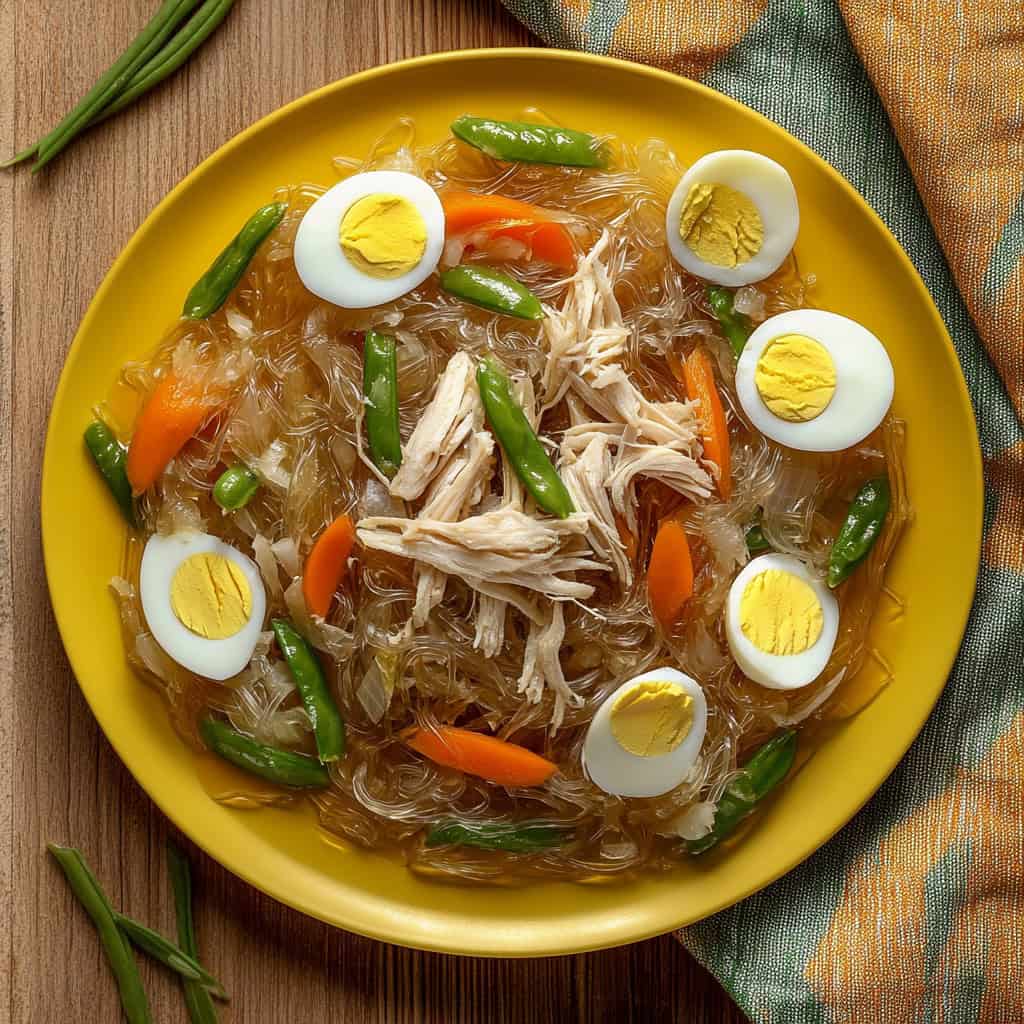

Comments
No Comments